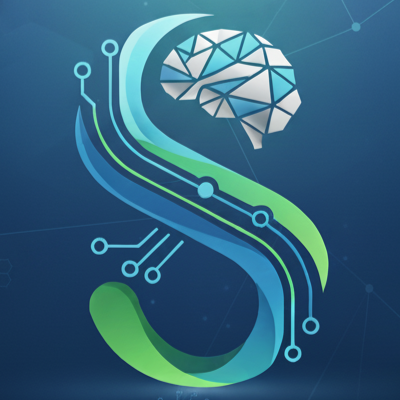Demystifying Large Language Models (LLMs)

Large Language Models, or LLMs, have captured the world's imagination. But how do they actually work? This post provides a high-level, accessible explanation of the technology powering tools like our Generative AI Studio and Customer Service Bots.
What is a "Model"?
At its core, an LLM is a massive neural network, a type of machine learning model inspired by the human brain. It's "trained" on a vast corpus of text and code from the internet. This training process allows the model to learn the patterns, structures, grammar, and relationships within the language.
The Magic of "Prediction"
The fundamental task of an LLM is simple: predict the next word in a sequence. If you give it the prompt "The sky is," it has learned from countless examples that the most probable next word is "blue." By repeatedly predicting the next word, it can generate entire sentences, paragraphs, and even articles. The "magic" lies in the scale of the data and the complexity of the model, which allows it to generate coherent, contextually relevant, and often creative text.
Fine-Tuning for Specific Tasks
A general-purpose LLM is powerful, but its true value is unlocked through "fine-tuning." This is a secondary training process where the model is trained on a smaller, more specific dataset. For example, to create our Customer Service Bots, we fine-tune a base model on a company's support documentation and past customer interactions. This teaches the model the specific language, tone, and knowledge required to be an effective support agent.
Understanding LLMs isn't just for engineers. As this technology becomes more integrated into our daily lives, a foundational knowledge of how it works is essential for everyone.
